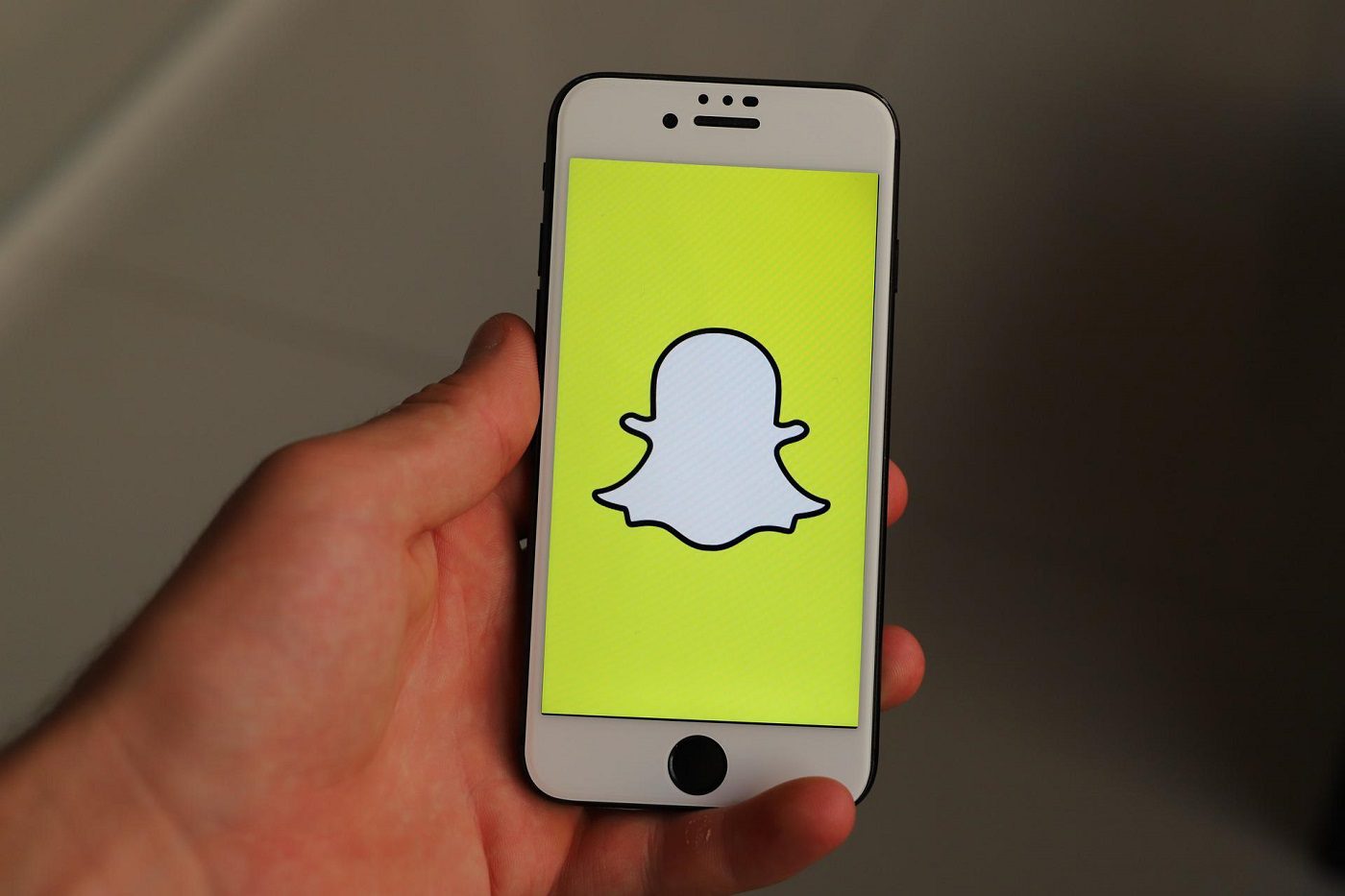Social networks use what you post to train AI: How to stop them?
OpenAI previously announced that the creation of ChatGPT– and it was impossible without using works protected by copyright. LinkedIn uses users’ work resumes to fine-tune its AI model. And Snapchat says that if you use a certain AI feature, it could put your face in an ad.
These days, people’s social media posts—not just what they write, even their pictures—are increasingly being used by companies for their AI systems, whether they realize it or not.
For companies using AI models, social media platforms offer valuable data. Social media posts include human slang that could be useful for tools. And news is generally a source of real-time events.
However, users who post on those sites may not be so enthusiastic about their every random vacation photo or selfie being freely used to build technology (and, by extension, make money) for a multi-billion dollar corporation.
“Right now there is a lot of fear being created around AI. Some of it is well founded and some of it is based on science fiction, so it’s up to these platforms to be very open about how they will and won’t use our data to help mitigate some of the backlash that this kind of news brings – which for me , it seems to me, it hasn’t been done yet,” said David Ogiste, founder of marketing agency Nobody’s Cafe, who regularly posts about branding and creativity on LinkedIn for CNN. He added that he would refuse to allow LinkedIn to use his data to train artificial intelligence.
Linkedin, social networks (Freepik)
Different social platforms differ in the options they give users to opt out of contributing to AI systems. But here’s the reality: If you’re posting content publicly online, there’s no way to be absolutely sure that your images won’t be uploaded by a third party to use in any way.
At the very least, it’s worth being aware that it’s happening. Here’s where some of the major social media platforms may be using your data to train and run AI models, and how (and if) you can avoid it.
LinkedIn this week began giving users the choice to opt out of having their data used to train generative AI models.
The company said LinkedIn and its “affiliates” can use user content, including Microsoft partner OpenAI. It added that it aims to “revise or remove personal data” from training datasets.
To opt out, users should go to “Settings & Privacy”, select the “Data Privacy” tab in the left column, then click on “Data for Generative AI Improvement” and turn off the button.

Social networks, Linkedin (Pixabay)
The platform notes, however, that “opting out means that LinkedIn and its affiliates will not use your personal information or content on LinkedIn for model training in the future, but does not affect training that has already taken place. This means there is no going back and untraining the earlier LinkedIn AI systems with user posts.
If you live in the UK, Switzerland or Europe, where privacy protections are more robust than other jurisdictions, you may not see an opt-out option, as LinkedIn says it doesn’t train AI on user data from those areas.
X
X Ilona Maska is also asking users to opt out if they don’t want their posts to be used to train his AI chatbot, Grok, which has come under fire for things like spreading false information about the 2024 election and generating violent, graphic fake picture of prominent politicians.
The platform claims that Musk’s xAI startup is also using people’s posts as well as their conversations with Grok to improve its “ability to provide accurate and relevant answers” and develop its “sense of humor and wit.”
X users can opt out by going to “Settings” and then “Privacy & Security”. Under the “Data Sharing and Personalization” heading is a tab for “Grok”, where users can uncheck the box to allow the platform to use their data for AI training. X also says that users who make their accounts private will not serve to “train Grok’s underlying model or generate responses to user queries.”

New 2023 twitter logo X (Freepik)
Snapchat
Snapchat’s “My Selfie” feature allows users and their friends to turn their selfies into AI-generated images.
Those selfies can also be used by Snap (as well as brands that advertise on the platform) to create AI-generated ads featuring users’ faces if they use the feature, tech news site 404 Media first reported this week.
In its terms of service, Snapchat claims that users’ selfies shared through the feature will be used “to develop and improve machine learning models and for research purposes.” It also states that by using this function, users agree to be seen in advertisements “that will be visible only to them” without compensation.
“My Selfie” is a feature that Snapchat users must opt-in to, so it won’t be the default for all images they share with the platform to use this feature. Moreover, users who have turned on “My Selfie” can go to “Settings”, then “My Account” and “My Selfie” and turn off “See My Selfie in Ads” to avoid having their picture used to create sponsored content generated by artificial intelligence.

Snapchat (Pixabay)
Meta
Meta’s leaders have admitted that the company has already used public (but not private) posts from Facebook and Instagram to train its AI chatbot.
In its privacy policy, Meta says it can train its AI systems with users’ public Facebook and Instagram content, including posts, comments, audio and profile pictures. So if you want to log out, you need to make your account private. Meta also says that private messages between family and friends are not used to train its AI.
However, even if you don’t use any of Meta’s services, the company notes that it may use your information, such as a photo of you posted by a friend, to improve its technology.
Source: BIZLife
Photo: Pexels, Freepik, Pixabay
Source: bizlife.rs


